Living in the city often means limited space, concrete jungles, and sometimes a lack of access to traditional gardening areas. But that doesn’t mean you have to miss out on the joys and benefits of growing plants. Urban gardening is a flourishing trend that transforms balconies, rooftops, windowsills, and small patios into lush, vibrant green spaces. Whether you want fresh herbs, colorful flowers, or even some veggies, growing plants in urban spaces is totally doable — and incredibly rewarding!
In this article, we’ll dive into practical, effective tips to help you successfully grow plants in your urban environment, no matter how tight your space may be.

Why Grow Plants in Urban Spaces?
Before the tips, let’s look at why urban gardening is a wonderful choice:
- Improves Air Quality: Plants absorb carbon dioxide and release oxygen, improving the air you breathe indoors and out.
- Mental Well-being: Gardening reduces stress and boosts mood — a natural therapy in busy city life.
- Fresh Food: Grow your own herbs, veggies, or microgreens to have fresh, organic produce right at your fingertips.
- Aesthetic Appeal: Greenery softens the harsh urban environment and adds beauty to your living space.
- Sustainability: Growing plants reduces your carbon footprint by cutting down on food miles and packaging waste.
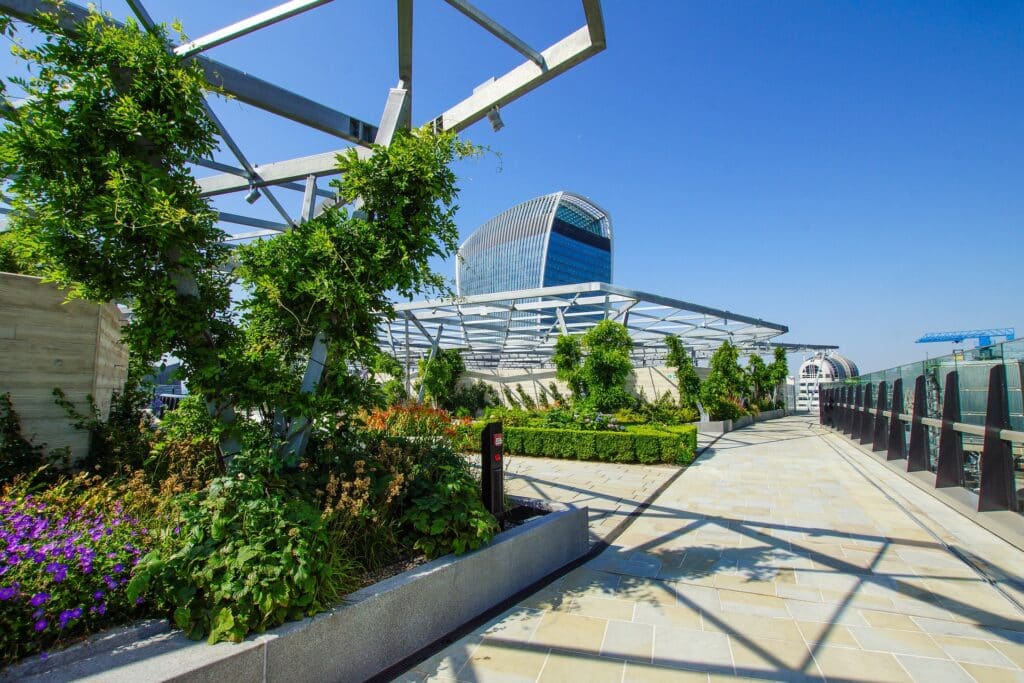
Tip 1: Assess Your Available Space and Light
Urban spaces come in many shapes and sizes — tiny balconies, window sills, rooftops, or shared community spaces.
- Identify Your Space: Measure your balcony, windows, or patio area to know exactly how much room you have.
- Check Sunlight: Observe how much direct sunlight your space receives. Most vegetables and flowering plants require at least 6 hours of sunlight a day. Shady spots can support ferns, ivy, and other shade-tolerant plants.
- Choose Plants Accordingly: Light-loving plants for sunny balconies; shade-tolerant ones for north-facing windows or shaded patios.
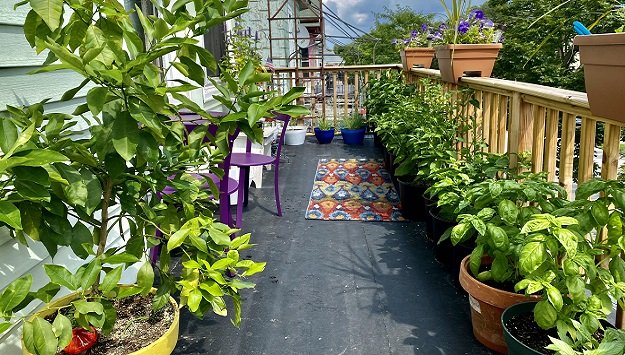
Tip 2: Use Containers That Maximize Space
Since traditional in-ground gardening isn’t an option, containers are your best friends.
- Choose Container Types: Use pots, window boxes, hanging baskets, or even repurposed items like buckets or crates.
- Go Vertical: Vertical gardening systems, trellises, or hanging planters free up floor space and add visual interest.
- Self-Watering Containers: These are perfect for busy urban gardeners who might forget frequent watering.
- Drainage: Ensure containers have good drainage holes to prevent root rot.
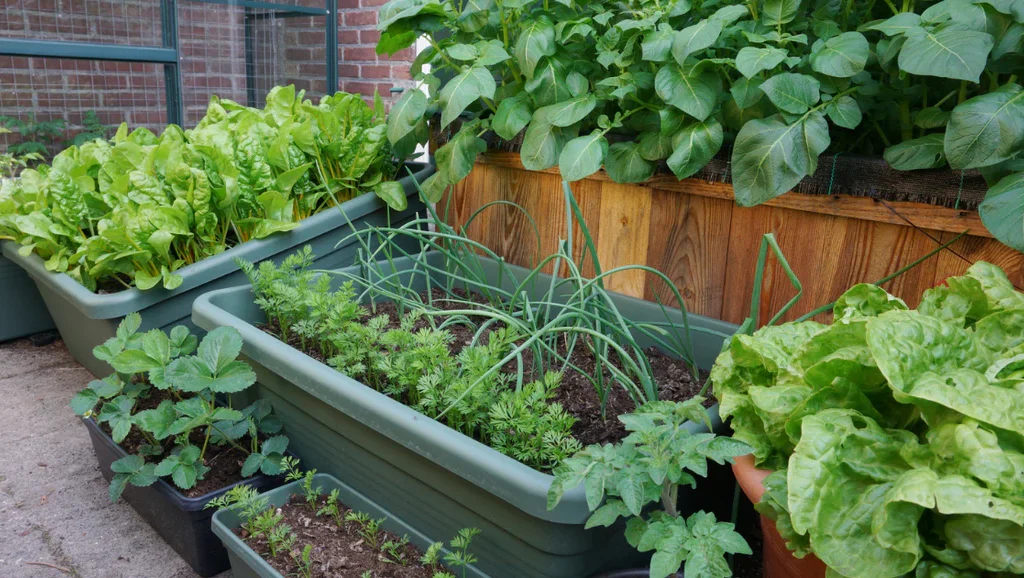
Tip 3: Select the Right Soil and Fertilizer
Urban soils, if accessible, can be contaminated or poor quality, so using good soil is vital.
- Use Quality Potting Mix: Choose lightweight, nutrient-rich potting soil formulated for container gardening.
- Add Organic Matter: Compost or worm castings boost soil fertility and help retain moisture.
- Fertilize Regularly: Container plants need more frequent feeding than in-ground plants. Use organic liquid fertilizers or slow-release pellets.
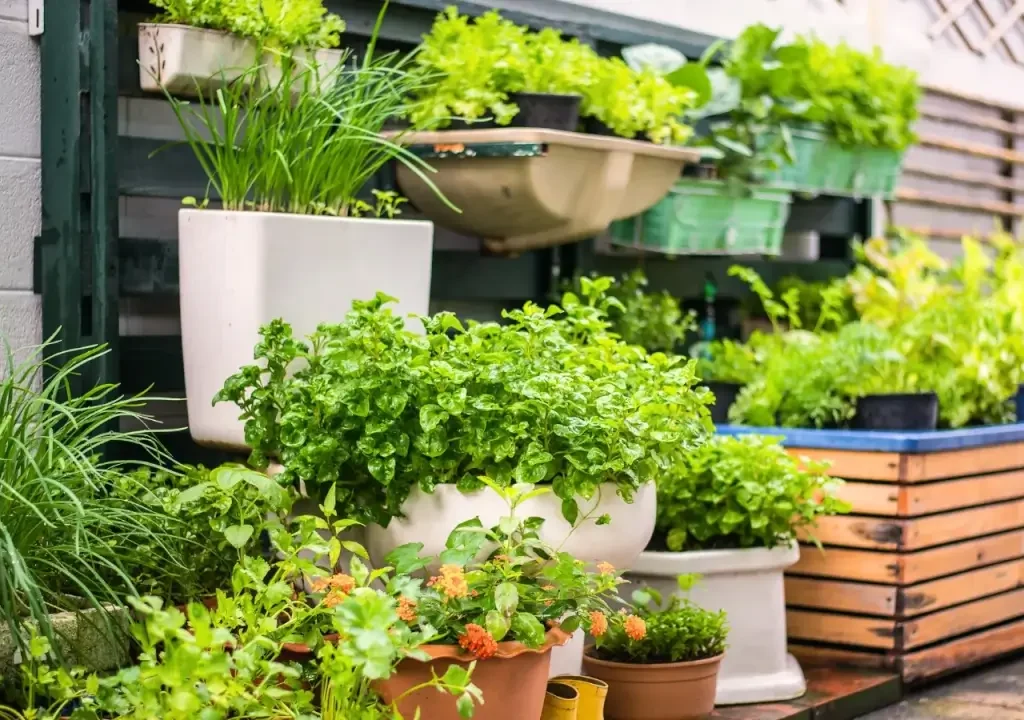
Tip 4: Start with Easy-to-Grow Plants
If you’re new to urban gardening, start with plants that are hardy and low-maintenance.
- Herbs: Basil, mint, chives, parsley, and rosemary are perfect for small pots and thrive indoors or outdoors.
- Leafy Greens: Lettuce, spinach, kale, and arugula grow quickly and don’t require deep soil.
- Flowers: Marigolds, pansies, and petunias add color and attract pollinators.
- Small Fruits and Veggies: Cherry tomatoes, peppers, and radishes are manageable for container growing.
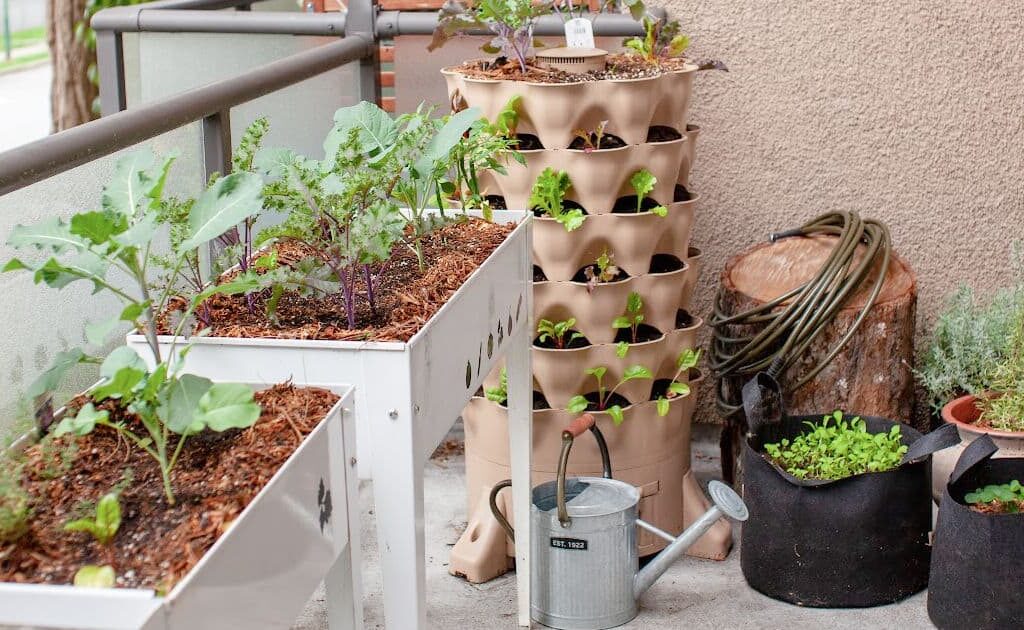
Tip 5: Utilize Windowsills and Indoor Spaces
Not all urban gardeners have access to outdoor space, but that doesn’t limit you.
- Indoor Herb Garden: A sunny kitchen windowsill can become a lush herb garden.
- Grow Lights: For low-light apartments, invest in LED grow lights to provide the spectrum plants need.
- Choose Compact Varieties: Dwarf tomato plants, microgreens, and succulents thrive indoors.
- Air-Purifying Plants: Snake plants, pothos, and spider plants clean indoor air while brightening your home.
Tip 6: Water Wisely and Consistently
Container plants dry out faster than those in the ground, so watering is crucial.
- Check Soil Moisture: Stick your finger an inch deep into the soil; if dry, it’s time to water.
- Water at the Base: Avoid wetting foliage to prevent fungal diseases.
- Water Early or Late: Water plants in the morning or evening to reduce evaporation.
- Consider Self-Watering Systems: These can maintain steady moisture levels.
Tip 7: Make Use of Vertical Gardening Techniques
Vertical gardening maximizes space and adds greenery to walls and fences.
- Wall-Mounted Planters: Use pockets, shelves, or hanging pots.
- Trellises and Lattices: Grow climbing plants like beans, peas, or morning glories.
- Stacked Planters: Create tiered containers to grow more plants in less space.
- Living Walls: Install modular green walls for a striking urban garden feature.
Tip 8: Embrace Companion Planting and Pollinator-Friendly Practices
Even small gardens benefit from companion planting.
- Companion Plants: Certain plants improve each other’s growth or deter pests. For example, basil and tomatoes grow well together.
- Attract Pollinators: Add flowers like marigolds or nasturtiums to bring bees and butterflies.
- Avoid Chemicals: Use natural pest control methods like neem oil or insecticidal soap to keep your garden eco-friendly.
Tip 9: Plan for Seasonal Changes and Crop Rotation
Urban gardeners can extend growing seasons with a bit of planning.
- Succession Planting: Stagger plantings to harvest fresh produce throughout the season.
- Seasonal Plants: Grow cool-season crops like kale and radishes in spring and fall; heat-loving plants like peppers and tomatoes in summer.
- Crop Rotation: Change planting locations yearly to avoid soil nutrient depletion and pests.
- Protect Plants: Use shade cloth or row covers to protect from intense sun or cold snaps.
Tip 10: Connect with Your Community and Share Your Green Space
Urban gardening can be a communal joy.
- Join Community Gardens: Shared spaces provide more room and social connection.
- Swap Seeds and Plants: Exchange varieties with neighbors to diversify your garden.
- Share Your Harvest: Gift fresh herbs or veggies to friends, building goodwill.
- Learn and Inspire: Attend workshops or use social media groups to exchange tips and showcase your progress.
Bonus Tips for Urban Garden Success
- Use Reflective Surfaces: Mirrors or light-colored walls bounce light into shady corners.
- Keep a Gardening Journal: Track what works and when you planted for better planning.
- Incorporate Aromatic Plants: Lavender, rosemary, and mint can add fragrance and deter pests.
- Use Mulch: Retain moisture in pots and reduce watering frequency.
- Stay Creative: Repurpose everyday items as planters — old teacups, wooden crates, or shoes!
Conclusion: Urban Gardening is Possible and Rewarding
Growing plants in urban spaces is more than a hobby — it’s a lifestyle change that brings nature back into your daily life. With some planning, creativity, and care, even the smallest balcony or windowsill can become a thriving garden oasis.
By following these tips, you’ll enjoy fresh herbs, vibrant flowers, and maybe even some homegrown veggies — all while beautifying your urban space and improving your quality of life.
So grab those pots, soil, and seeds, and start your urban gardening adventure today. Your green city sanctuary awaits!





